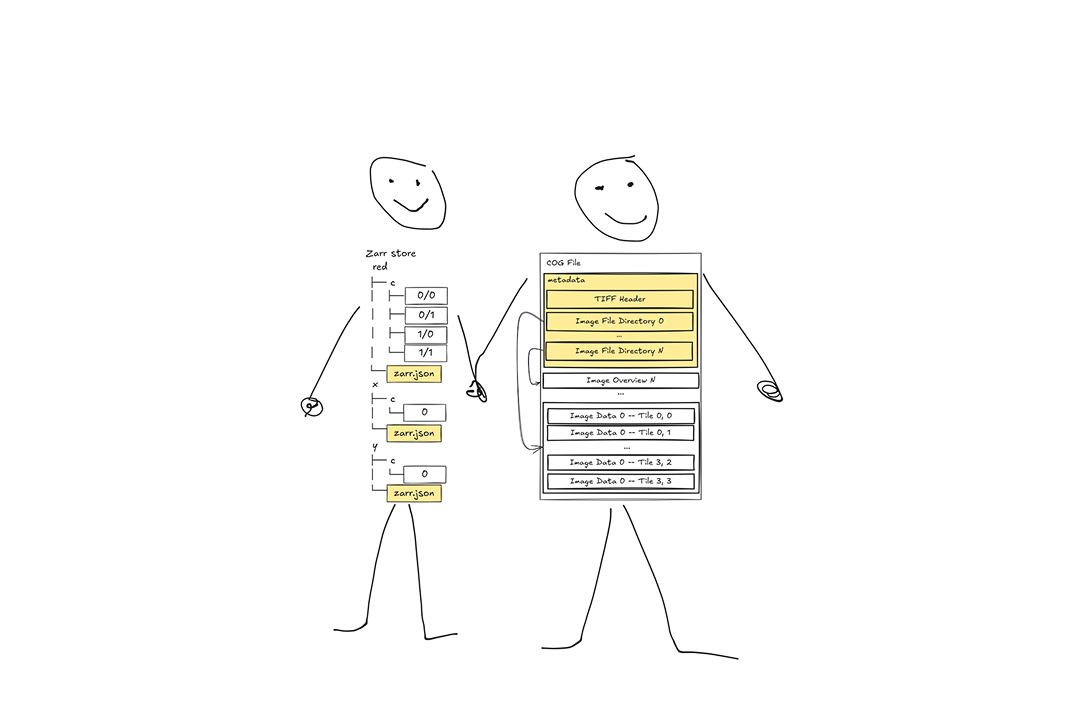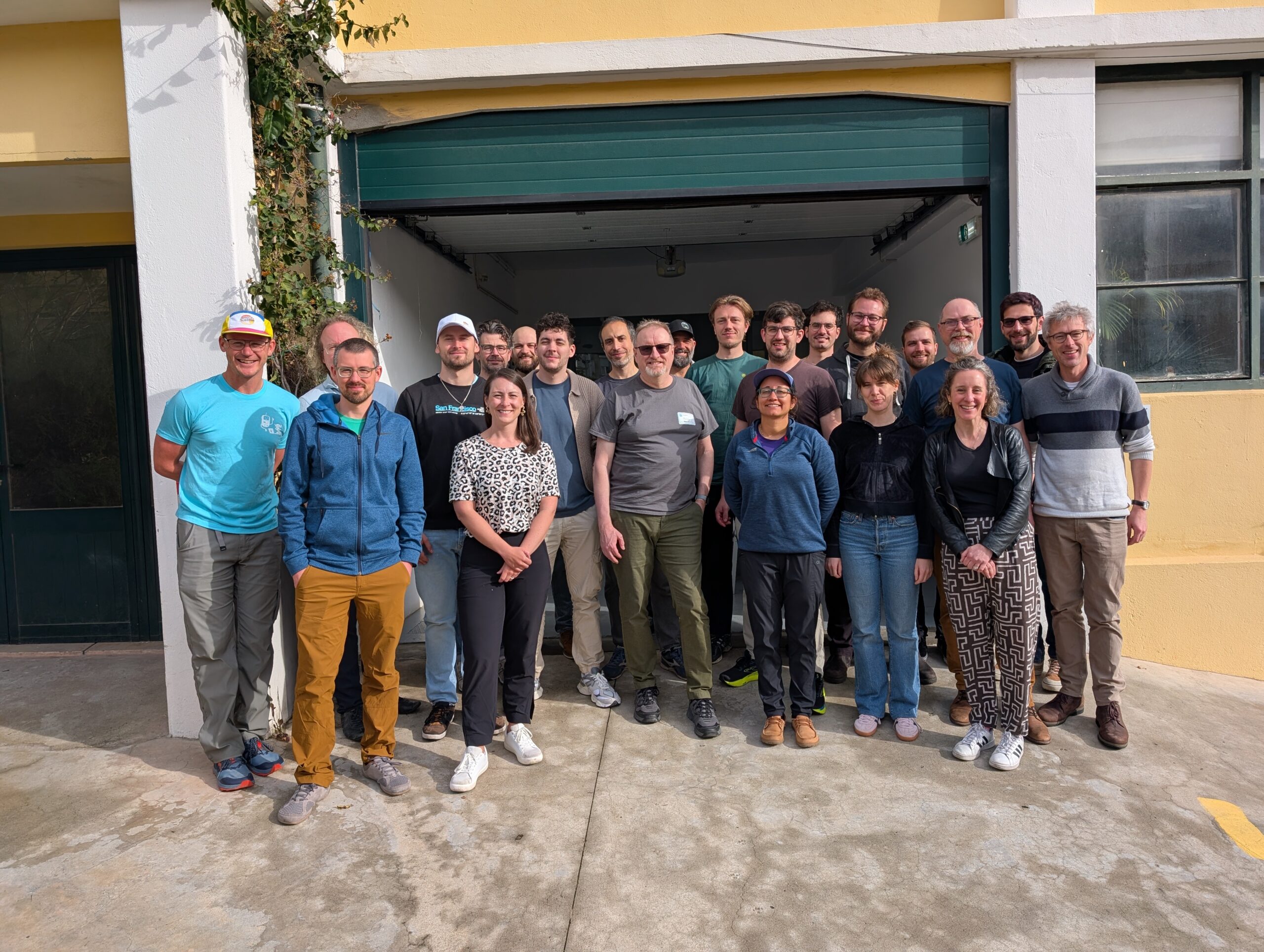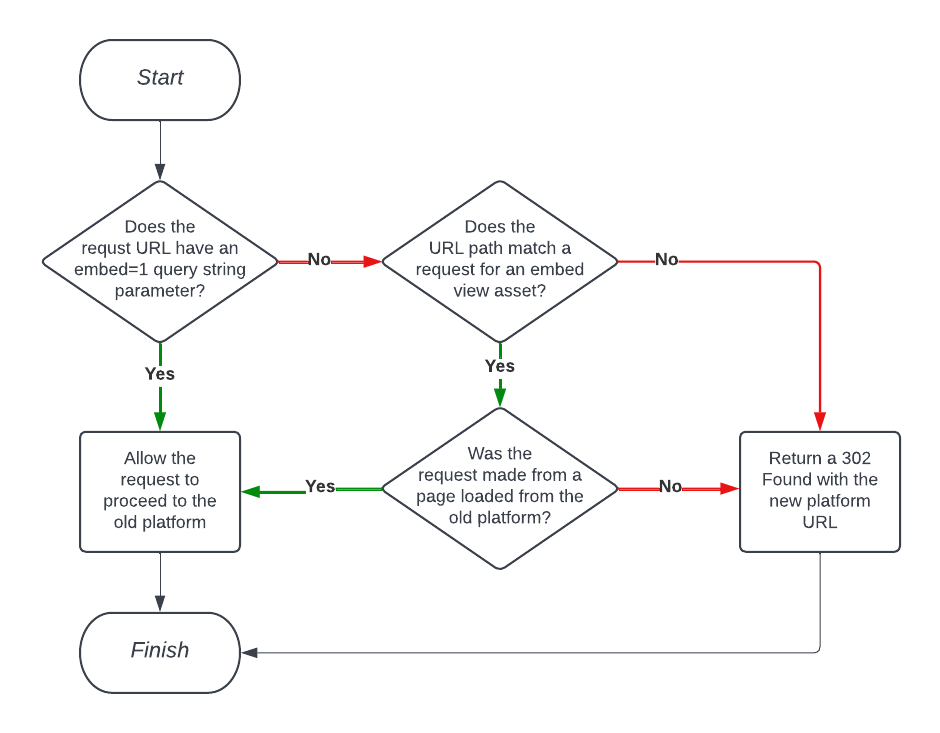Software Engineering
<- Return to all blogs
-

Is Zarr the new COG?
Just to be upfront and get it out there: no. Despite what you may have heard, Zarr is not (yet) a replacement for the Cloud-Optimized GeoTIFF (COG) format. Zarr is great for Level 3 and Level 4 n-dimensional data cubes. COG is great for Level 1, Level 2, and other non-data-cube rasters. Enthusiastic Zarr users…
-
Is Zarr the new COG?
Just to be upfront and get it out there: no. Despite what you may have heard, Zarr is not (yet) a replacement for the Cloud-Optimized GeoTIFF (COG) format. Zarr is great for Level 3 and Level 4 n-dimensional data cubes. COG is great for Level 1, Level 2, and other non-data-cube rasters. Enthusiastic Zarr users…

-
Zarr + STAC
As part of our work writing a STAC + Zarr Report for the Cloud Optimized Geospatial Formats Guide our team is exploring the partially overlapping goals of STAC and Zarr and offering suggestions for how to use them together. This effort is particularly relevant currently due to several recent developments in the space that we…

-
STAPI Sprint #5: 0.1 Release
We recap our most recent STAPI Sprint in Lisbon. We worked toward evolving the satellite data ordering process, and released version 0.1.

-
Updating our Geospatial Technology Radar for 2024
We introduce the second iteration of our geospatial technology radar, which is designed as a resource for the community to outline impactful technologies in the space.

-
Tasking Sprint #3 Recap
The Berlin tasking sprint was a significant step forward in the documentation and details of the specification, while we also developed the foundation of an ecosystem to prove out STAPI.

-
Using Generative AI in AWS for the Federal Government
In this blog, we detail how to get started with Generative AI in your existing Federal Government cloud accounts.

-
Building a queryable Earth with vision-language foundation models
We take a close look at two such remarkable VLMs that have come out in the past few months and, using these models, we build a prototype “queryable Earth” functionality that allows retrieving images along with their geolocations using text queries over a large geographical area.

-
Using Kerchunk to make NOAA’s National Water Model Dataset more accessible
In this blog, we discuss our experience using Kerchunk to improve access times to short-range streamflow predictions generated by NOAA’s National Water Model Predictions Dataset, achieving a speedup of 4 times, using 16 times less memory.

-
Using Amazon CloudFront Functions to Facilitate Smooth Project Transitions with Conditional Redirects
In this blog, we detail our experience making this project transition possible for our client by implementing conditional redirects via Amazon CloudFront functions.

